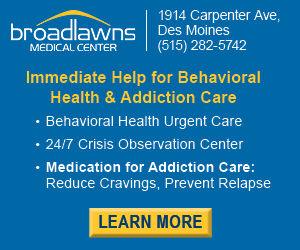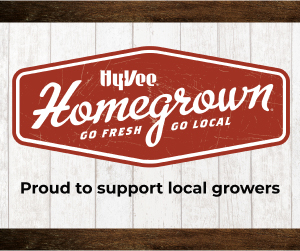Guest opinion: On influence: Here’s how you can make me wear a mask

Submitted by Ryan Hanser, president, Hanser & Associates Nov 13, 2020 | 8:54 pm
3 min read time
613 wordsAll Latest News, Health and Wellness, Sales and Marketing
Awareness spiked in March, and since then so many things have changed for so many Iowans as a result of a novel coronavirus.
Yet not much has changed when it comes to influencing behavior.
Fundamentally, advertising campaigns alone don’t work. There’s not enough attention or trust. In fact, Edelman’s latest Trust Barometer finds no institution – nongovernmental organizations, media, government or business – perceived as both ethical and competent.
Instead, people are self-referential, relying on a marketplace conversation that includes online strangers. We take our norms from the people that surround us; we most trust a person like ourselves. It’s what author Tom Nichols termed “the death of expertise.”
Still, Americans trust businesses more than our government to solve problems. Business leaders have a social license to protect the health of our colleagues, customers and community.
Importantly, the formula for altering behavior remains unchanged, and understanding how it works helps to better run our businesses, if not navigate the pandemic.
It’s perhaps easiest to understand a behavior change formula as the sum of fun, easy and popular. Fun is the motivator, answering for the benefit of change. Easy is about reducing barriers, convincing people they can change. Popular is the social proof, seeing others do it. Each of these gets weighted by range of personal factors, but all three are present in evaluating a change.
Note that each of our actions has a social meaning – ways that others perceive the behavior. The environment and consequences for change matter a great deal.
For example, this is the first time in my life that the malls are empty and the parks are full – not the other way around. Trail usage is up more than 200% in Central Iowa this year, according to Google, as people saw no barriers to going outside and joining others in doing something of great benefit with little cost.
Clearly, some changes are easier, and we must understand the many ways that people reject efforts to influence behavior. Consider that pandemic fatigue is apparently making it harder for people to avoid indoor gatherings with a small group of people they trust. For this heavier work with injunctive norms and cognitive dissonance, keep the following in mind.
1. Information and advice are not enough. Only those seeking change will take information; you have to model and popularize behavior to express the formula.
2. Lots of people tell us what to do, and we don’t like it. Are you eating your vegetables? Smoking? Instead, help people see the gap between their values and their actions, the benefits versus the costs. Do not argue. The goal is to support self-directed change.
3. Self-regulation is effective. Like a fitness challenge, it’s helpful to have goals, prompts and reviews that hold us accountable to ourselves and others. Again, the best outcome is self-determination, so work to locate the intrinsic, self-driven motivators.
We all have the ability to choose what is valued by others, and we all have a desire to belong. It’s this context that shapes influence, a subject well covered in Robert Cialdini’s “Influence: The Psychology of Persuasion.” Read it to understand how to do this work face-to-face and at scale.
I’m sharing all of this because it’s apparent that too many Iowans do not understand or follow COVID precautions, evidenced by Iowa’s high rate of infection relative to other states and other countries.
Iowa remains open for business. Let’s all find and act on our best behaviors, for ourselves and each other.
Hanser has health care case studies and other PR resources at hanser.com










